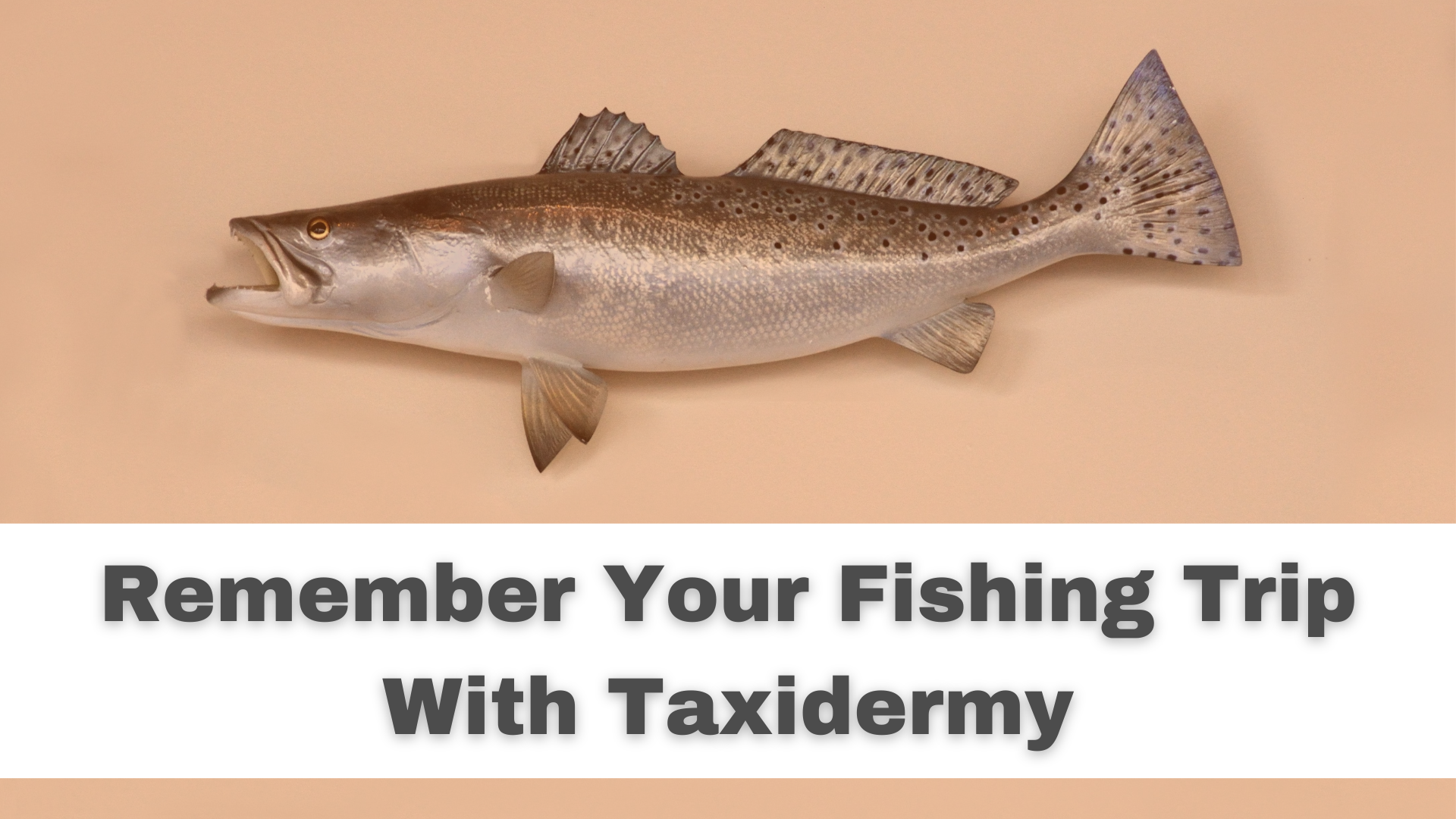Taxidermy is thought to forever preserve your earned treasures. But as we all know, nothing lasts forever, so how long does taxidermy last, and what can you proactively do to preserve your treasure? Read along as we discuss the timeline of a taxidermied piece’s life and tips to keep it looking fresh.
There is no set amount of time a taxidermy piece can withstand. The longevity of pieces depends on how well the mount was preserved and how often upkeep is performed. Oddly enough, the oldest known mount is a crocodile, currently hanging in a Ponte Nossa, Italy, church building. Though the piece was lost for years, it was recovered in the church building attic in the 18th century. Through the years, facts about the crocodile have been lost, but the church does contain details about the removal of the crocodile from the church building in 1534, making the article more than 500 years old! How does the crocodile go from a living being to a worldwide artifact half a century later? By a careful taxidermy process!
On average, taxidermy lasts about twenty years and older. If not regularly maintained, the piece lasts about 20 years. If properly tended to, the mount can last fifty years or longer. Since the mount skins come from organic materials, they are bound to start deteriorating over time. The smaller the animal, the shorter the amount of time it will withstand time. This is often because smaller pieces are prone to more damage and often have fragile features, like skin, feathers, and scales. The environment a mount is kept in also affects the quality. Humidity and sunshine are harsh factors that both cause quicker deterioration.
What can you do to preserve your piece? Keep the piece inside, maintain the humidity level it is exposed to, and give it a light dusting once a week. Furthermore, be sure to take in your taxidermy piece once a year for any necessary touch-ups. More importantly, here are four things you need to avoid doing to your mount:
Don’t use household cleaners
Avoid placing it in a location with lots of smoke, like above a fireplace
Don’t touch the piece
Avoid placing the piece in indirect sunlight
With the proper preservation techniques and care, your mount will last well beyond its expected years. To inquire about your trophy piece, call me at 919.291.6506. At Tim Knight’s Taxidermy, we are skilled and equipped to handle your most prized trophies.















